5 Conditions where Stem Cell Therapy can help
Written by Dr. David Greene, MD, PhD, MBA on July 8, 2024
The US Leader in Stem Cell Therapy, Now in Mexico. Treatments start at $3750 for 25 million stem cells!
Special Promo: Get an additional 25 BILLION Exosomes IV with treatments over 50 million cells!”
The US Leader in Stem Cell Therapy, Now in Mexico. Affordable treatments start at $3750 for 25 million stem cells!
Special Promo: Get an additional 25 BILLION Exosomes IV with treatments over 50 million cells!”
Written by Dr. David Greene, MD, PhD, MBA on July 8, 2024
Stem cell therapy is rapidly emerging as one of the most promising innovations in modern medicine. Unlike conventional treatments that often focus solely on managing symptoms, stem cell therapy takes a regenerative approach by harnessing the body’s own healing power to repair and regenerate damaged tissues. As research advances and clinical applications expand, this therapy is offering new hope for patients suffering from a wide range of chronic and degenerative conditions.
Stem cells are unique in their ability to transform into various specialized cell types, such as muscle, bone, nerve, and cartilage. This regenerative potential makes them a powerful tool in treating complex diseases that were once considered irreversible. From helping to restore heart function after a heart attack, to promoting neuron regrowth in neurodegenerative disorders, and even accelerating wound healing—stem cell therapy is paving the way for less invasive, more natural treatment solutions.
In this article, we’ll explore five major medical conditions where stem cell therapy has shown the most promise: cardiovascular diseases, neurological disorders, autoimmune diseases, orthopedic conditions, and wound healing. Each section will explain how stem cells work for that specific condition, the benefits, and the latest developments in research. Whether you’re a patient exploring options or a healthcare professional seeking insights, this guide will give you a well-rounded understanding of stem cell therapy’s transformative potential.
Stem cell therapy demonstrates potential in treating cardiovascular diseases, neurological disorders, autoimmune diseases, orthopedic conditions, and wound healing. While research is ongoing, these areas show the most promise for effective stem cell-based treatments.
Stem cell therapy offers hope for patients with heart problems:

Stem cells can differentiate into healthy cardiac cells, replacing damaged tissue and improving overall heart function. This process may restore proper blood flow and reduce scar tissue formation.
Stem cells show potential in treating brain disorders:
Can grow new brain cells, vital for conditions like Parkinson’s and Alzheimer’s
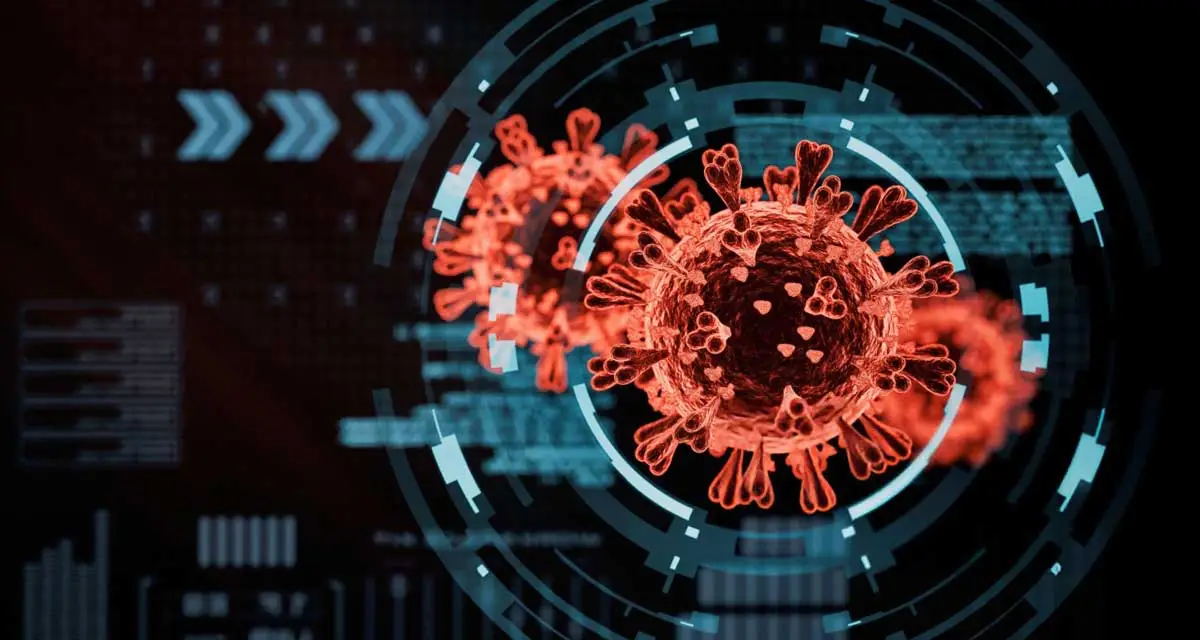
Scientists are exploring ways to guide stem cells to become specific types of brain cells, potentially reversing damage caused by neurodegenerative diseases.
Stem cell therapy offers a new approach to autoimmune conditions:

Stem cells have immunomodulatory properties, helping to regulate overactive immune responses while preserving the ability to fight diseases.
Stem cells are proving useful in orthopedic treatments:
Can regenerate damaged cartilage in osteoarthritis

Stem cell therapy could offer faster recovery times and more complete healing for sports-related injuries, potentially extending athletes’ careers.
Stem cell therapy shows promise for improving wound healing:
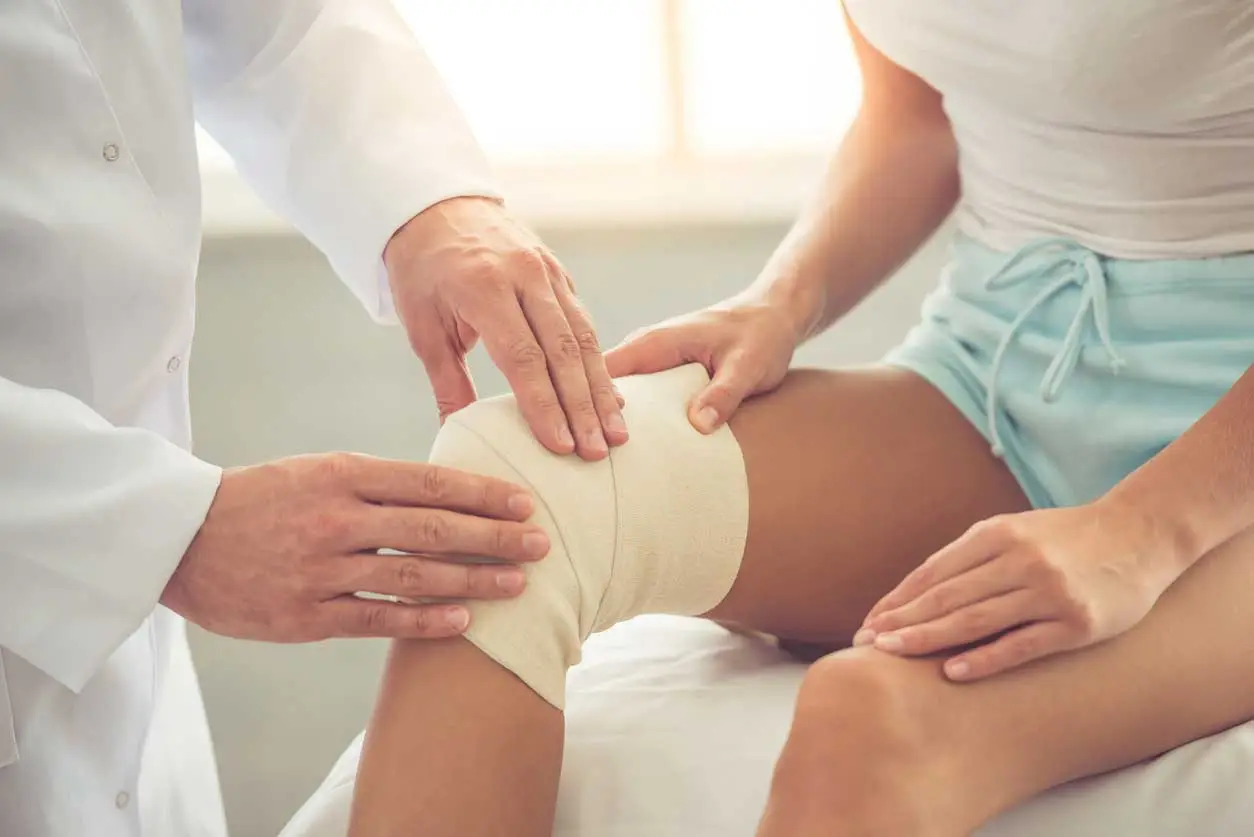
Stem cells can be applied directly to wounds or injected into surrounding tissues, promoting faster healing and reducing the risk of infection.
While stem cell therapy shows great promise, several challenges remain:
Standardizing protocols for stem cell harvesting and application
Researchers are working to overcome these challenges through:
Improving techniques for guiding stem cell differentiation
Stem cell therapy represents a significant advance in medical treatment. While research is ongoing, these five areas demonstrate the most potential for stem cell-based treatments to improve patients’ lives. As scientists continue to unlock the full potential of stem cells, we may see even more applications in the future, potentially revolutionizing the treatment of many currently incurable conditions.
Frequently Asked Questions (FAQs)
Stem cells are unique cells in the body that have the ability to develop into different cell types and promote repair and regeneration of damaged tissues.
When administered by qualified professionals using ethically sourced stem cells, the therapy is generally considered safe. However, as with any treatment, individual risks should be discussed with a medical expert.
Results vary depending on the condition being treated, but many patients begin noticing improvements within a few weeks to several months after treatment.
Most patients experience minimal side effects, such as temporary swelling or discomfort at the injection site. Serious risks are rare but should be reviewed with your provider.
Contact US

Dr. David Greene
MD, PhD, MBA
Dr. David Greene, MD, PhD, MBA, is a pioneering leader in regenerative medicine and healthcare marketing. As a residency and fellowship-trained orthopedic surgeon, Dr. Greene transitioned from clinical practice to become the founder and CEO of R3 Stem Cell and US Lead Network, where he has revolutionized patient care and medical practice growth through innovative therapies and digital marketing strategies. He has authored two influential books on healthcare internet marketing, ranks among the top expert authors globally, and has been featured on the cover of Corporate Vision magazine for his impact on global regenerative therapies. Beyond his professional achievements, Dr. Greene is passionate about education, compassion, and continuous innovation.

About R3 Stem Cell Mexico
Follow Us
Quick Links
Disclaimer
Stem cell therapy is considered experimental and is regulated by the U.S. Food and Drug Administration (FDA), but it is not FDA-approved. R3 Stem Cell does not offer stem cell therapy as a cure for any medical condition. No statements made on this site have been evaluated or approved by the FDA. This site does not provide medical advice. All content is for informational purposes only and is not a substitute for professional medical consultation, diagnosis, or treatment. Reliance on any information provided by R3 Stem Cell, its employees, others appearing on this website at the invitation of R3 Stem Cell, or other visitors to the website is solely at your own risk. R3 Stem Cell does not recommend or endorse any specific tests, products, procedures, opinions, or other information that may be mentioned on this website. R3 Stem Cell is not responsible for the outcome of your procedure. The FDA considers stem cell therapy experimental at this point.
Contact Us

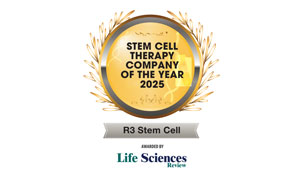




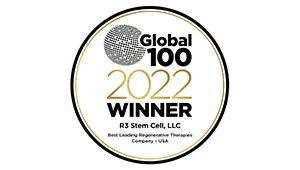

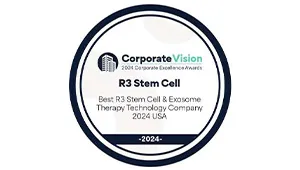

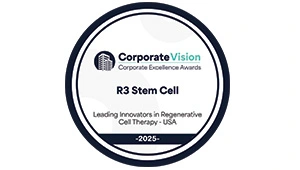
Copyright © 2016 – 2025 R3 Stem Cell